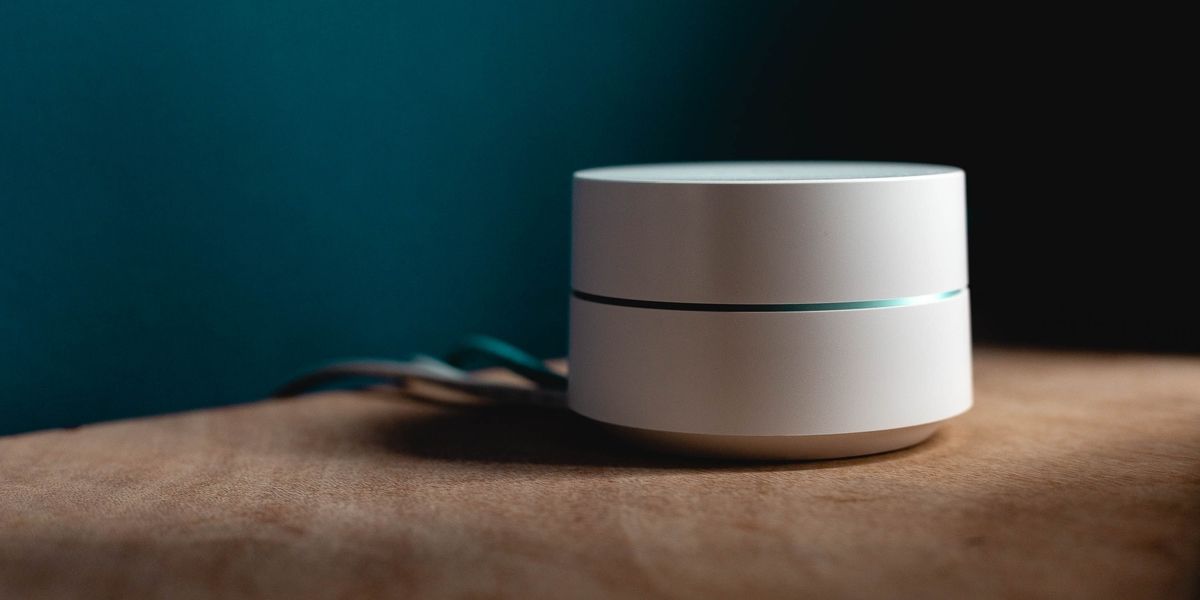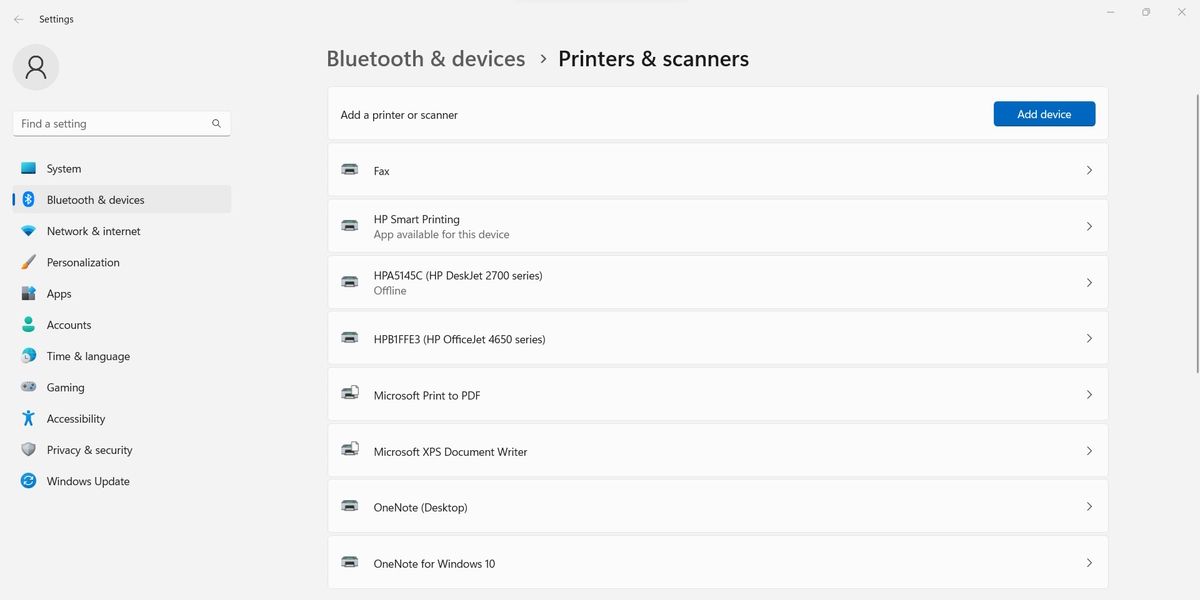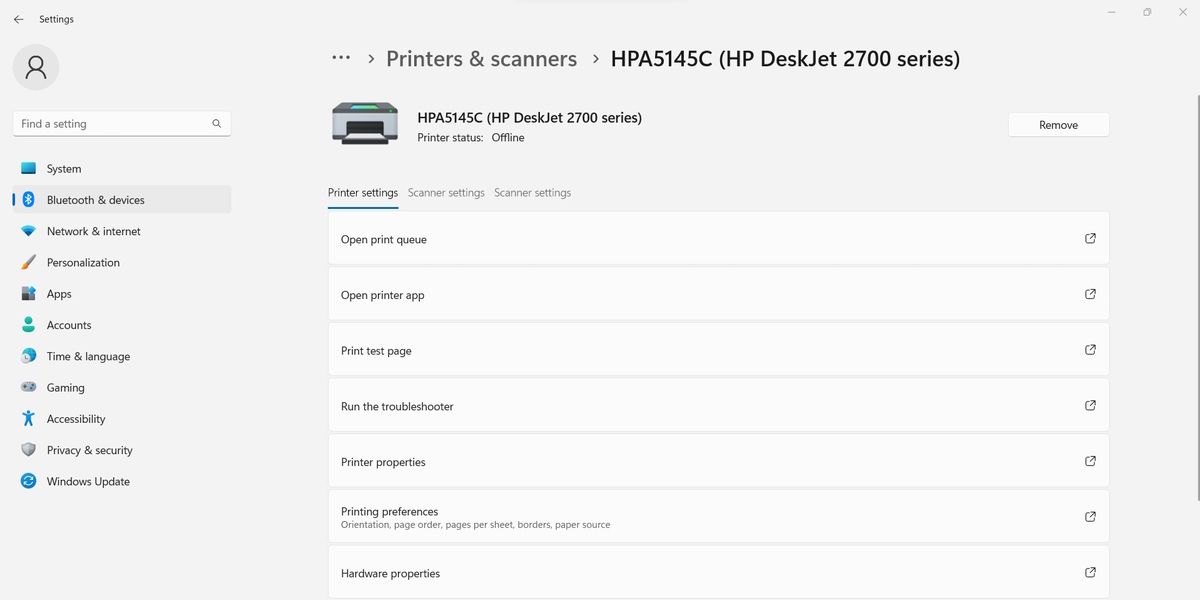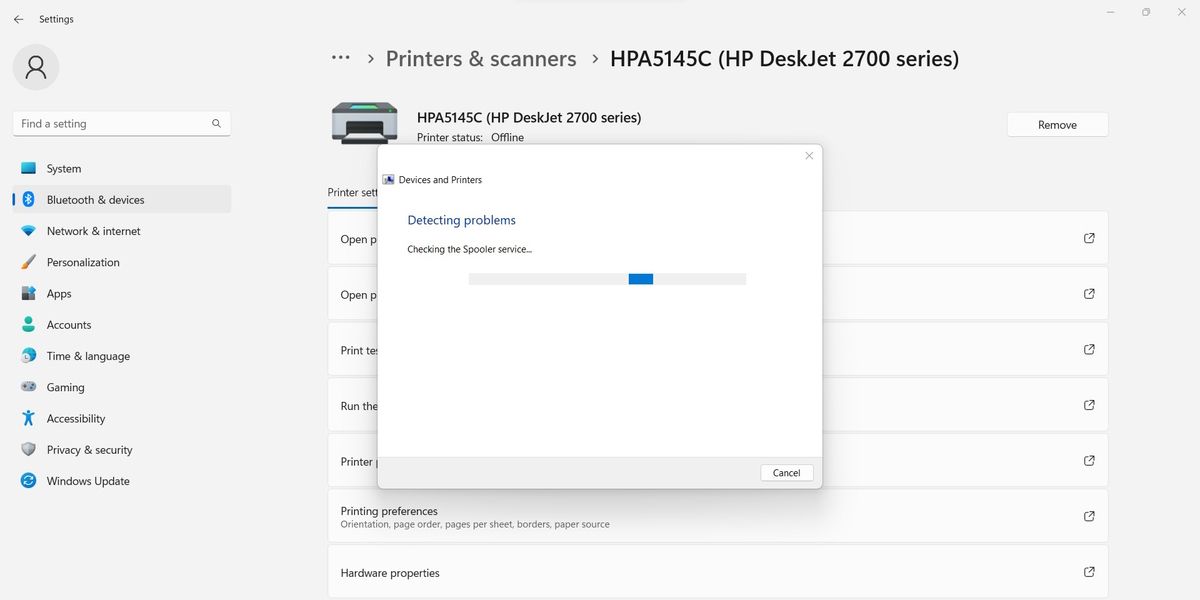How to Troubleshoot Printer Connections in Windows
Printers may encounter a variety of problems when trying to print a file. The issues can range from missing drivers, to physical jamming. Diagnosing the problem can be difficult due to the variety of possible problems.
Many of these issues can be solved with some quick fixes like restarting your devices or checking your network connection.
There are many reasons why printers fail on Windows
It is possible that your printer will cause an error when you connect or try to print. The list is long and includes connection issues, jams of all kinds, and driver problems.
They’re typically caused by driver problems, connection issues or physical jams. Windows can resolve all of these issues, making it easier to fix the problem than you might think.
How to Fix a Printer Connectivity on Windows
Windows offers several quick fixes for a wide range of printer problems. These fixes are based on software or hardware.
1. Restart your PCs and printers
A simple restart is the most straightforward and common solution to communication issues between a computer and printer. It is possible to fix the problem if both computer and printer were connected previously and printing normally.
- It is best to restart the printer. Use the power button to turn off your printer if one is available. If the printer doesn’t have a power button or isn’t responding to the power button you can proceed directly to the second step.
- Pull the cord out from behind the printer after it has been powered down. Keep the power cord unplugged for at least a minute.
- Plug the printer in again after a minute and wait for it boot up.
- Restart your PC or laptop. Use the Printers & Scanners screen to check that the printer shows as connected. Print a test document to see if your connection has been restored.
In the event that the printer still won’t print, the next step is to restart your computer. Then try to print again.
2. Select the connection type
If you have restarted both the printer and computer and the issue still isn’t resolved, the next step is to check your connection type on the printer. You can connect to a computer in two ways. Direct connection cables are the first option. The cables are often USB-based and connect directly from your computer to the printer.
A network connection is the second type of connection. The network connection means that your computer communicates via local network with the printer. You can also connect remotely via the Internet to some printers. Third-party software is usually used to manage these types of connections.
Check for a cable that runs from your printer to your computer. If there isn’t a cable present then the connection is a network connection.
Try unplugging a cable and waiting 30 seconds before plugging it in again. Windows will automatically reconnect the device after it has been plugged back into the computer.
3. Check Your Network
Check the network status on your PC and printer, if you are connected to a printer via a Router. To see the current network to which you are connected, hover over the network icon in the status bar. Check that the printer you are using is connected to this network.
In most printers, there is either a button outside that prints the network information or an option in their settings. Most printers print a page containing the information about the network to which the printer is attached, but some display the information instead on a screen.
The page should display other configuration details, including the IP address of your printer. Try the other methods below if it doesn’t help or you don’t see a button.
If the printer isn’t connected to the same network as the computer, you may need to reconnect it. If your network is using a wireless mesh to extend the range of its signal, it may be necessary to connect the computer and printer to the same section of the mesh.
Connect and disconnect your PC from the wireless network in order to establish a connection at a new point. Windows Printer sharing settings may need to be configured depending on the way you connect to the printer.
4. Check for printer jams
Check for any jams on the printer as a final quick fix. A printer can be jammed by issues with the paper being used or the feed. When this happens, you’ll usually receive a warning on your printer. Some models can suffer silent jams that aren’t noticeable.
Check the print heads by opening the printer. Check for paper that has been caught or debris. Remove any debris or paper jams. Reinstall the paper, and try printing again. If you have a jammed printer, it may be necessary to clean the feed mechanism or to service the printer to resolve the problem.
5. You can check your connection status by clicking on the link
If none of these steps resolve the issue, it may be that there is a problem with the printer’s connection. This could include a corrupted or missing driver. Windows will usually send an error message when this happens to let you know that the missing driver has caused a problem communicating with your printer. Other times, however, a more general message may be sent.
You can use the Windows Diagnostic Tool to try to correct the error. Windows will attempt to automatically correct the issue by running a system.
6. Use Some Windows Diagnostics Tools
Follow the steps below to try to get the diagnostic tool correct the problem.
- Use the search bar on the Taskbar to search for “Printers & Scanners”. The first result that comes up will be the Printers & Scanners screen. You can change the settings, configure Windows 11, and set up your default printer.
- Click the device to be troubleshooted in the list.
- In the device’s settings, find the option that says Run the Troubleshooter. Click it to start the diagnostic.
Windows will run the tool again and correct any errors it detects. After the tool has finished its process, it will present its findings. It will print out a sample page for you to check the results. If it wasn’t able to do so then it will give advice on the next steps you can take to resolve the problem.
If Nothing Else Works…
Once you have run through the above steps, if the printer still isn’t properly printing then you may have a more complex issue. They can be difficult to fix and may need outside help.
Double-check the user manual for your printer to see if it can shed any light on the issue, or call the customer support line for your printer’s brand. Consult your IT department, if you have a company-issued printer.
Fixing Your Printer’s Connection on Windows
It can be difficult to diagnose and fix printer connection problems. A number of issues can arise. Fortunately, there are a couple of basic fixes to most printer-related problems.
Restarting all devices installed, checking the connections involved, and ensuring that the printer isn’t jammed will resolve an astounding number of problems. If these solutions don’t work, Window’s built-in troubleshooter can often correct problems with your drivers and establish the connection.



